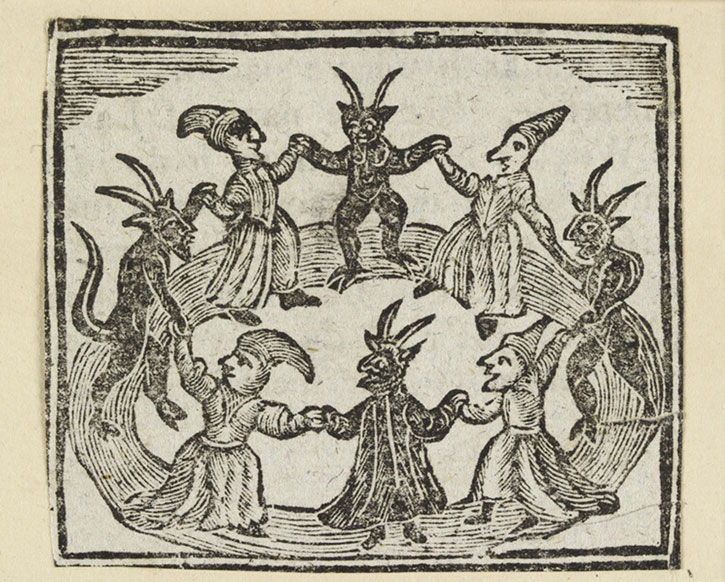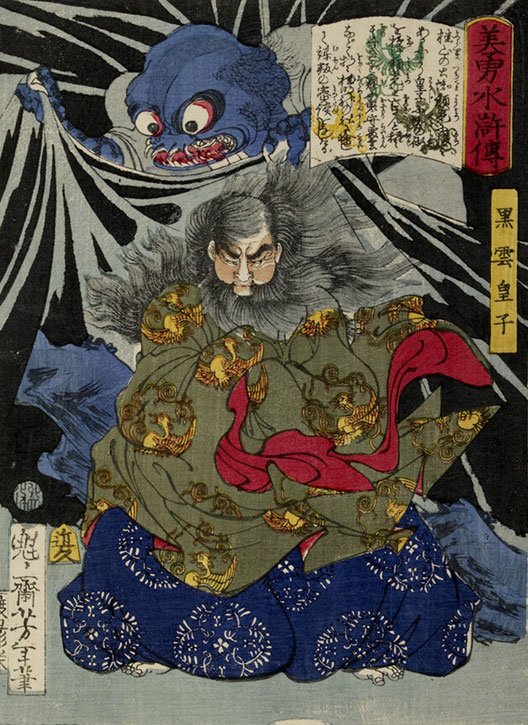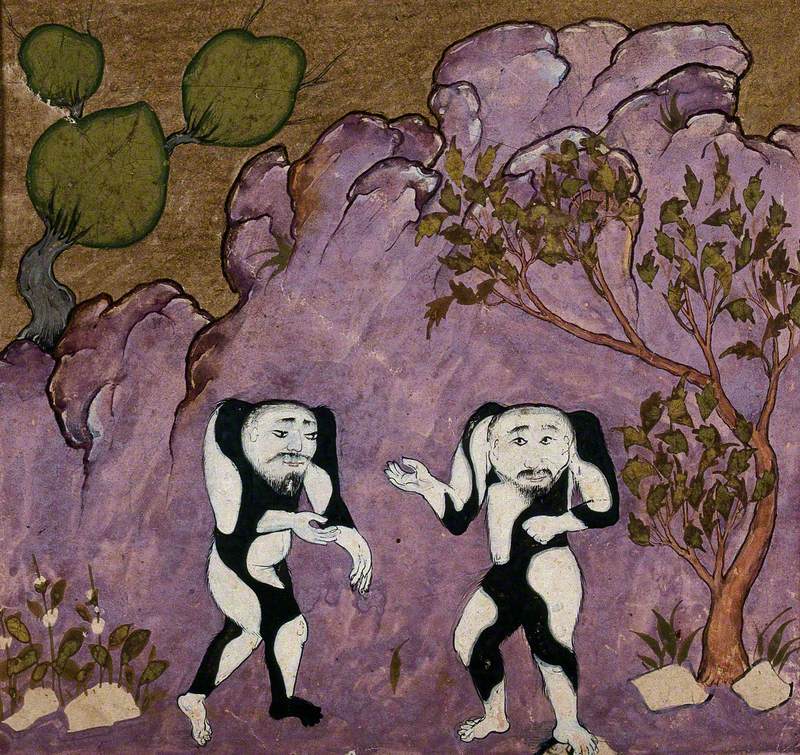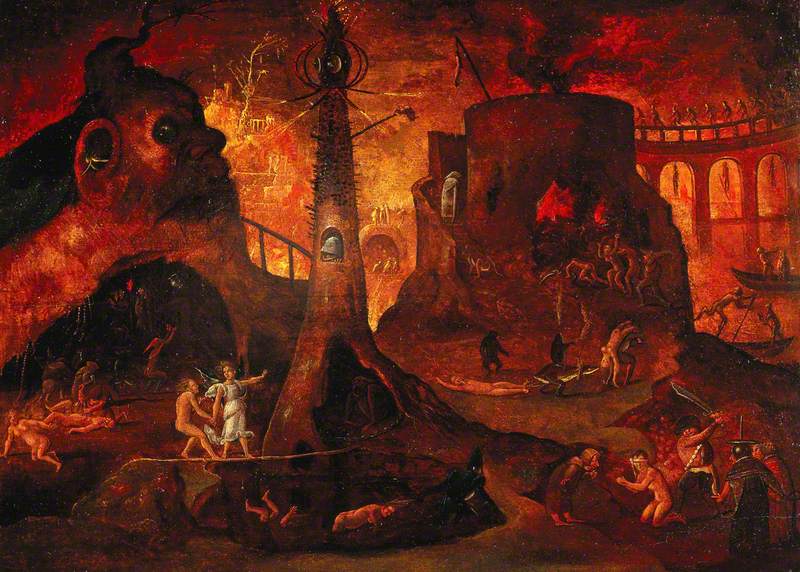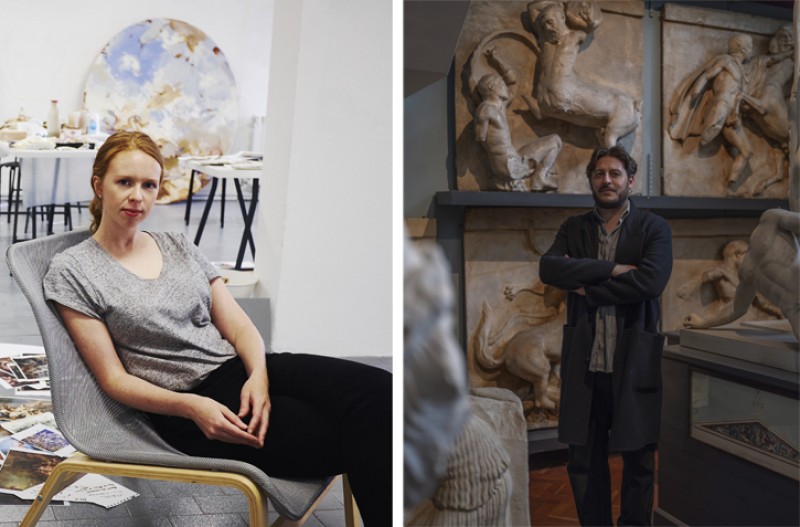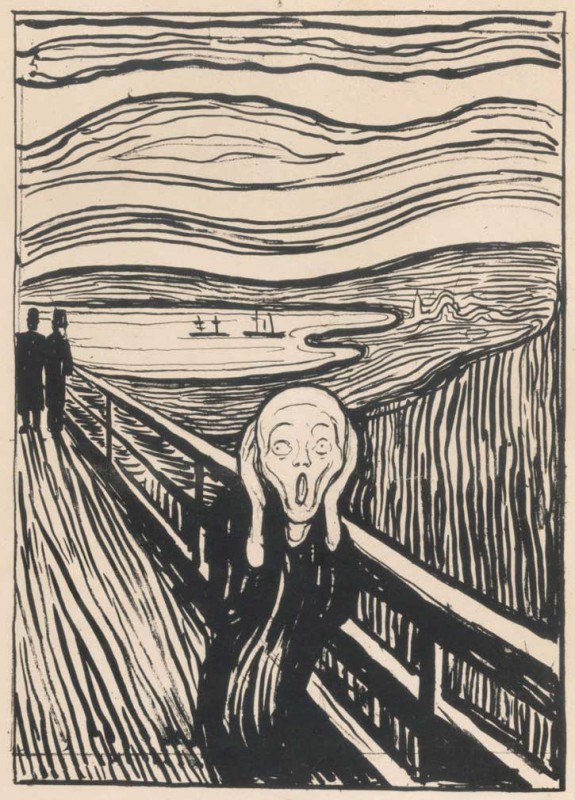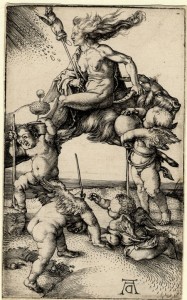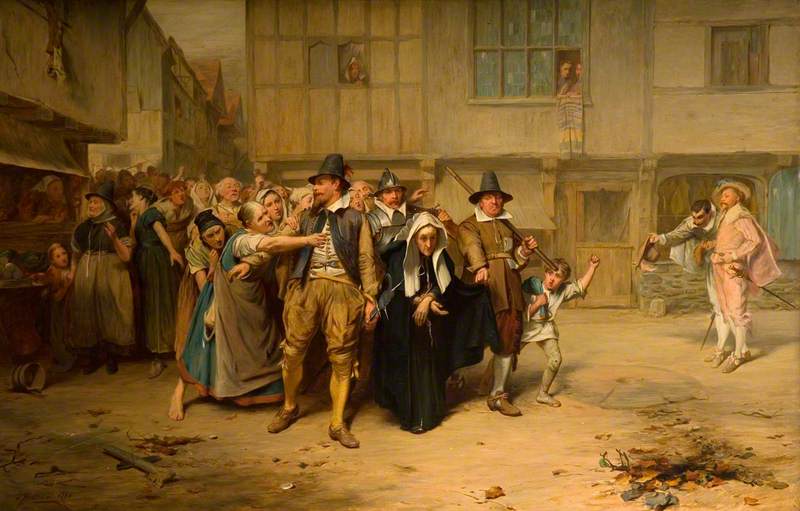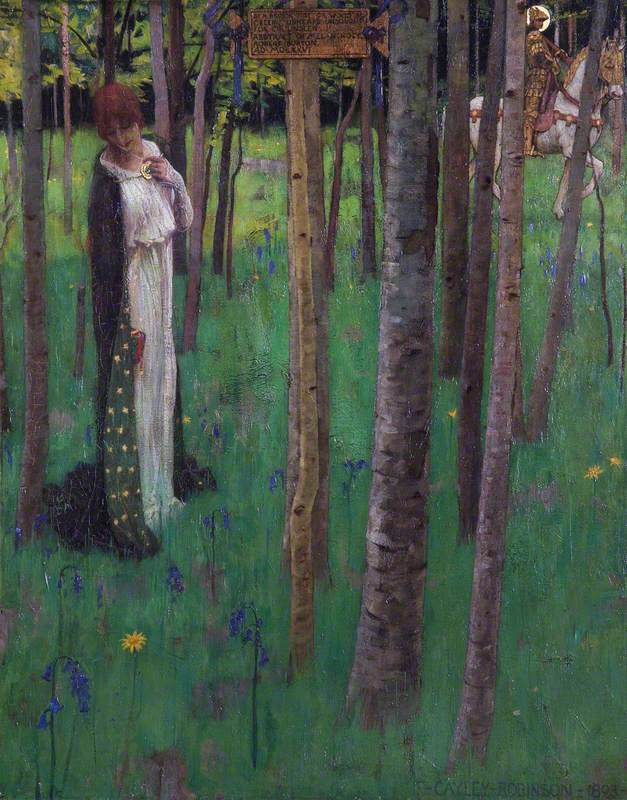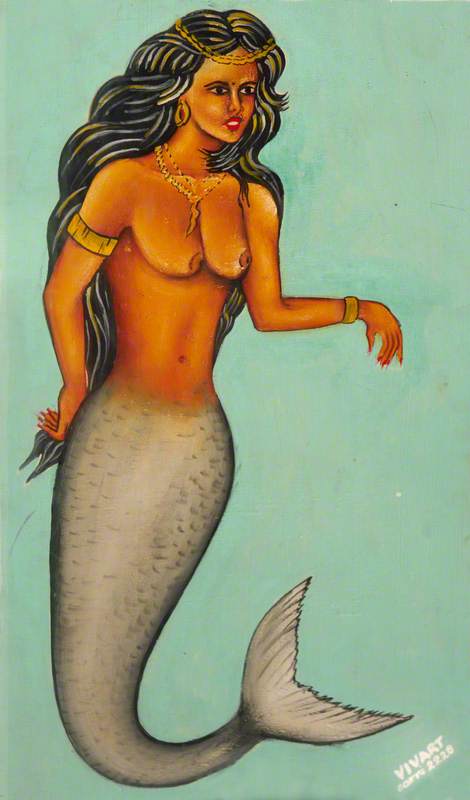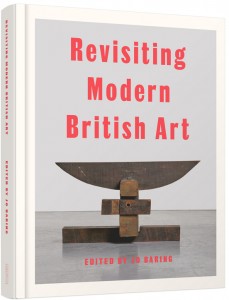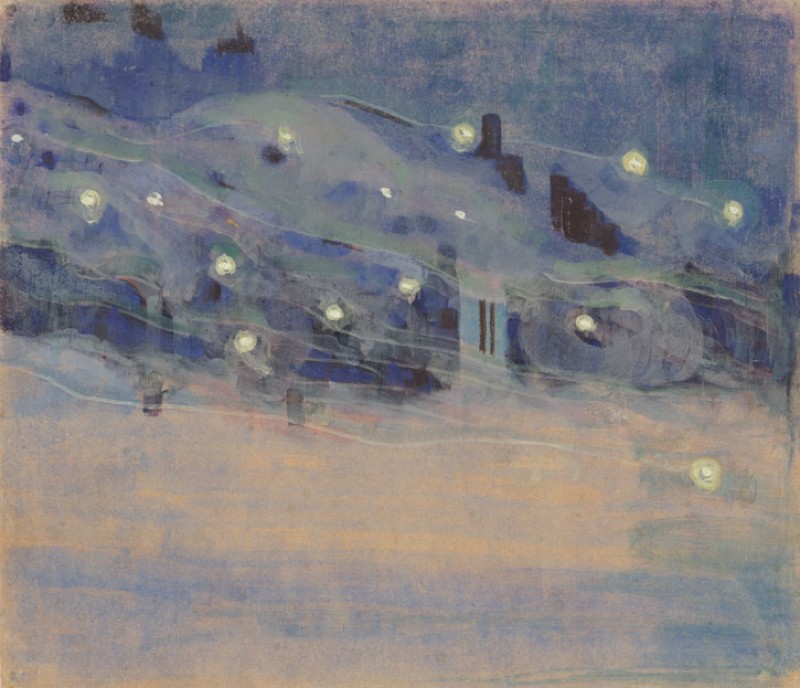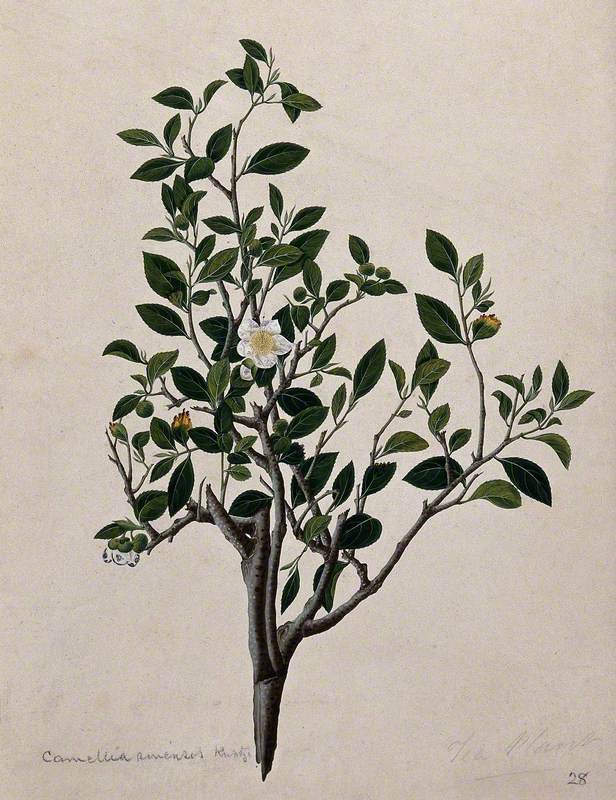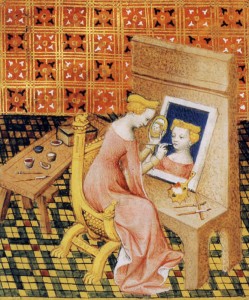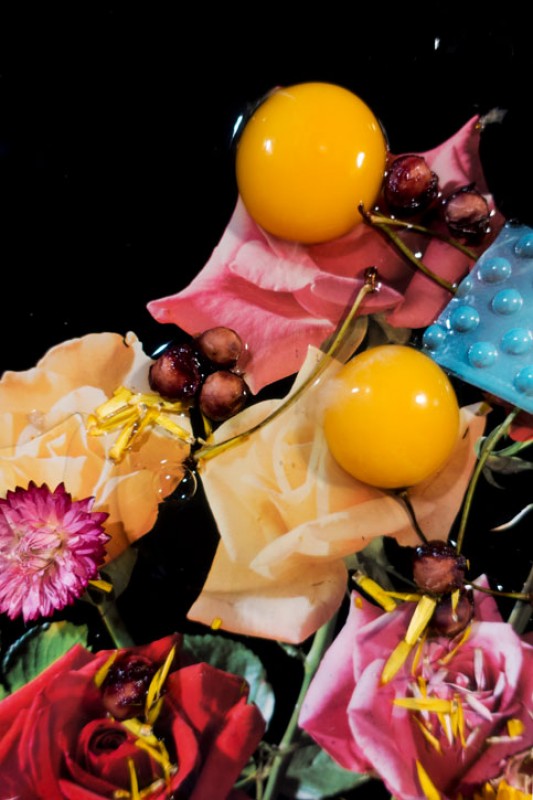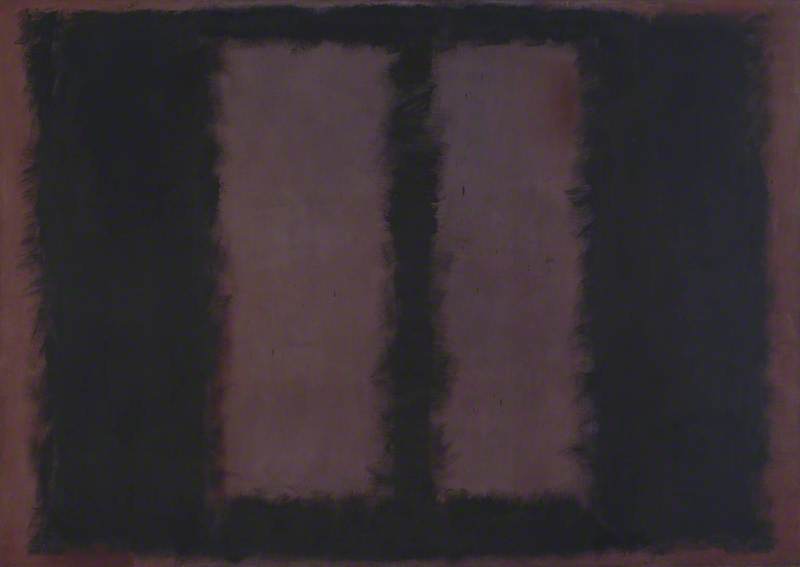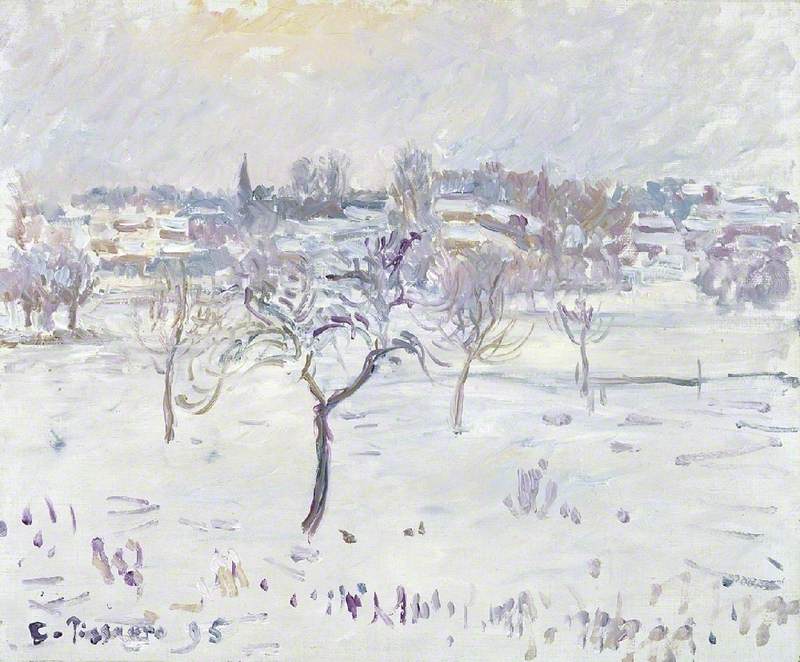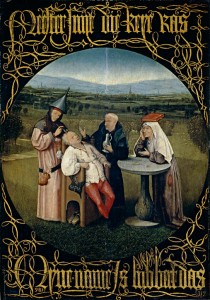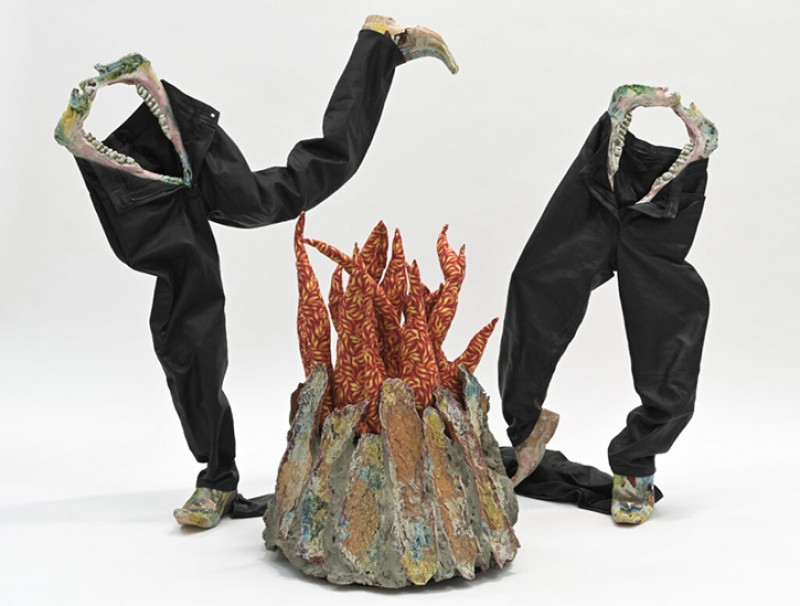As the nights begin to draw in and the weather turns chillier, Halloween approaches and the spooky scene is set for stories of witches, evil spirits, scary creatures, and all things frightful. The season of Halloween and Bonfire Night, along with their recurrent symbols and themes, have long sparked the imaginations of artists and been woven through many cultural traditions and beliefs.
In the spirit of the spooky season, let's explore five of the more frightful artworks and stories from the Ashmolean collection.
The Witches' Dance
In this lively woodcut illustration, English witches are making merry, while the male dancers are replaced by devils. Depictions of witchcraft confessions often included scenes of subverted domestic life and pastimes, such as dancing and drinking, as well as ideas from elite demonology.
The woodcut, by an unknown illustrator, is from T. S. Norris's The History of Witches and Wizards, published in London in 1720. By that time, there had been no executions in England for 40 years, and witch trials were already curiosities passing into folk memory. The Ashmolean has a significant collection of witch and witchcraft Douce prints, of which this is one.
Evil Earth Spider
There are several Japanese legends surrounding the evil 'earth spider' or 'tsuchigumo'. Here, the earth spider transfers magical powers to Prince Kurokumo to help him plot revenge on his enemy – the tenth-century warrior Minamoto no Yorimitsu (also known as Raikō). The tsuchigumo creature is basically a giant spider, though it is sometimes described as having the face of a demon and the body of a tiger.
'Tsuchigumo' has also referred to certain groups of people in ancient Japan, such as bandits and resistance leaders, who used guerrilla tactics. Many of these groups lived in hollow earthen mounds and may have used caves as hideouts. There is, however, ambiguity in the sources and it's unclear if tsuchigumo was first used to refer to people or the monster.
This woodblock colour print is from a ghost series, 'Beauty and Valour in the Novel Suikoden' by the artist Tsukioka Yoshitoshi, dating to the Edo Period. The evil earth spider also features in another triptych in our Japanese print collection.
'Ariel riding on a Bat' by Joseph Severn
Ariel flies on a bat's back, holding a peacock's feather in this atmospheric oil painting, sadly in a ruinous condition due to the bitumen with which it was painted. The subject occupied artist Joseph Severn, a close friend of the poet John Keats, for over ten years.
Ariel riding on a Bat
pre 1830
Joseph Severn (1793–1879) 
The first painting of Ariel is dated to 1826 (Victoria and Albert Museum, London) and he exhibited others in 1830, 1836 and 1838. The Ashmolean version was shown to enthusiastic reviews in 1830, when it was bought by Robert Finch, who had already bought the preparatory sketch.
'A Witches' Kitchen' by Jacques de Gheyn II
Women, young and old, stir up magical chaos, casting spells and conjuring demons in this eerie sepia ink drawing by Dutch artist Jacques de Gheyn II.
A Witches' Kitchen
c.1600, pen & ink and wash on paper by Jacques de Gheyn II (1565–1629) 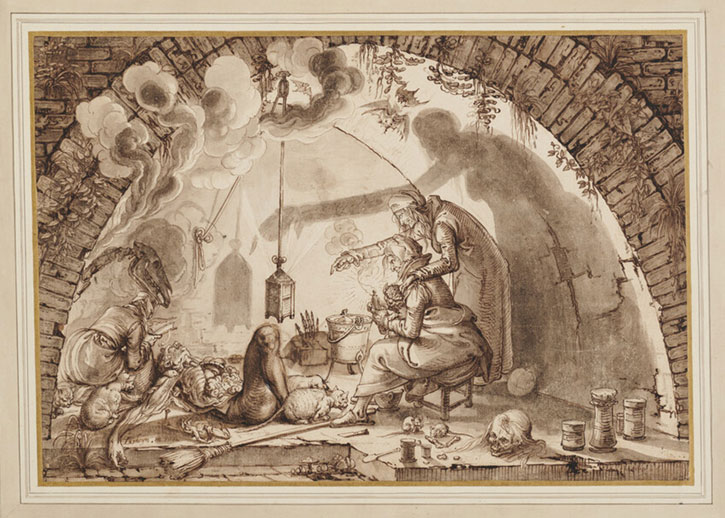
In the seventeenth century, witch trials were beginning to wane in the Netherlands, though the threat and fear of rebellious women, often perceived synonymously to witchcraft, continued. The idea that a woman's place was in the kitchen is terrifyingly subverted here.
'The Death of Lady Macbeth' by Dante Gabriel Rossetti
Infused with dread, this drawing is from Dante Gabriel Rossetti's later career. The subject is Lady Macbeth, delirious with guilt, watched by her physician and attendants, and uttering the famous words 'Out, damned spot!'
The Death of Lady Macbeth
c.1875, pen and brown ink on paper by Dante Gabriel Rossetti (1828–1882) 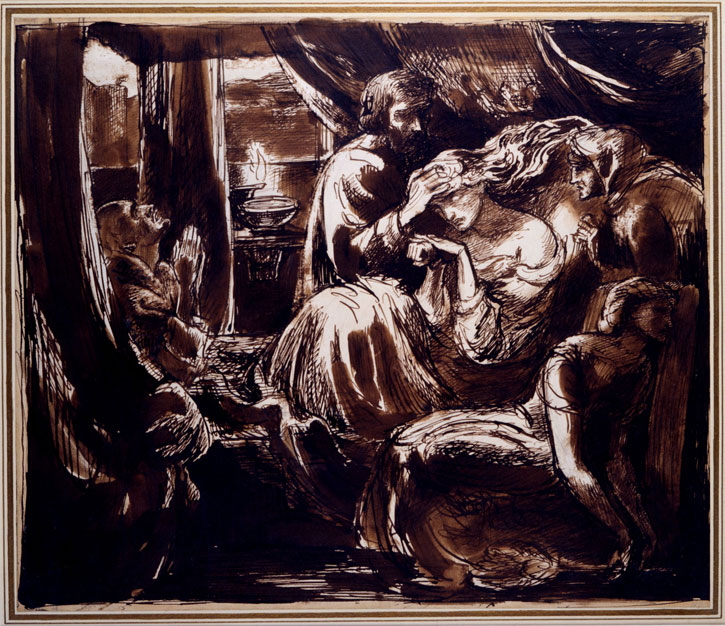
The drawing is in pen and brown ink on paper and the dark composition and nightmarish effect is suited to the doomy subject. Rossetti's own failing health, and his increasing dependence on the drug chloral, may also have played a part.
Rose de Freitas, Web Content Editor at the Ashmolean Museum, Oxford
This text was originally published in 'Frightful Stories: ghostly tales and creepy objects from our collection'.
